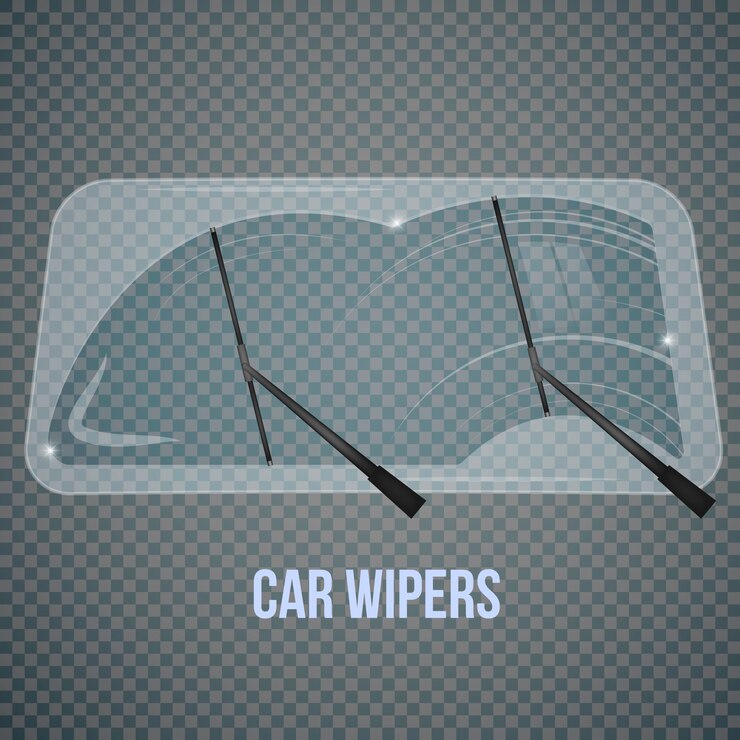You’re all ready for your commute to work, you get into your car, put it in drive, and … nothing happens. Your automatic transmission goes into gear but won’t move.
A good majority of drivers encounter this issue and it can sometimes get even worse as this situation requires expensive solutions. But first, let’s talk about automatic transmission issues in detail and then come to an explanation of the problem.
But don’t worry, as we’ll talk about the causes of the issues along with quick solutions that assist in avoiding these problems in the future.
Key Takeaways:
- Low transmission fluid is often the culprit behind gear engagement issues
- A faulty torque converter can prevent your car from moving even when in gear
- Regular maintenance is crucial for preventing automatic transmission problems
Why Does My Automatic Transmission Go Into Gear But Won’t Move?
You turn the key, shift into drive, and… nothing. Your automatic transmission goes into gear but won’t move. Many issues can cause it, some are easy to fix while others are not as straightforward. There are many reasons behind automatic gear problems, and to begin with, here are the most common scenarios:
- Gears may refuse to engage due to reduced amounts of fluid for the transmission. There is simply not enough fluid available for the transmission to achieve the ideal pressure required to move the vehicle.
- If a Torque Converter failure occurs, your vehicle may not move when the gear is engaged, it is the main component that transfers the power generated from the engine to the transmission unit. It can also produce strange noises when trying to accelerate, shudders, or slips. This malfunction usually requires expertise.
- Another reason might be worn-out clutch plates, as their use is to connect and disconnect different gears in automatic transmission. It’s normal for them to wear out after some time which could cause the gears to slip or not engage at all, in case they do wear out, the vehicle makes higher RPMs but doesn’t move.
- Also, there’s a chance the axle breaks, this is not common however it could cause your vehicle to not budge when there is transmission, if such a situation occurs, you should also consider checking whether there are clunking noises or vibrations.
- Also, don’t forget about the clogged transmission, regular transmission services might be a hassle but they improve the longevity of the truck, a clogged transmission filter also prevents the fluid from flowing freely.
When your automatic transmission goes into gear but won’t move, it’s essential to diagnose the issue promptly to prevent further damage. If you’re experiencing persistent automatic gear problems, it’s best to consult a professional mechanic for a thorough inspection and proper repairs.
Common Automatic Transmission Problems: Causes and Solutions
Here’s a quick reference table for common automatic transmission issues:
| Problem | Possible Causes | Potential Solutions |
| Won’t go into gear | Low fluid, faulty solenoid, worn clutch | Check the fluid, replace the solenoid, repair clutch |
| Slipping gears | Low fluid, worn clutch, faulty torque converter | Refill fluid, replace clutch, repair converter |
| Delayed engagement | Low fluid, worn clutch, faulty valve body | Check fluid, replace clutch, repair valve body |
| Burning smell | Overheating, low fluid | Check cooling system, refill fluid |
| Strange noises | Low fluid, worn bearings, damaged gears | Refill fluid, replace bearings or gears |
Remember, while this table provides a general guide, many transmission issues require professional diagnosis and repair for accurate resolution.
When to Seek Professional Help for Automatic Transmission Issues
Some automatic transmission problems can be quickly fixed while others require more technical attention. Here’s when one should seek professional help especially when your automatic transmission goes into gear but won’t move:
- Persistent Problems: If you’ve applied the simple fixes and the problem is still there, then it is likely time to see a professional. This is vital especially when your automatic transmission engages but the car doesn’t move as this suggests serious problems.
- Unusual Noises: If your transmission is grinding, whining or making clunking noises, then there are internal issues that may require expert attention.
- Burning Smell: Burning smells are often indicators of problems like overheating transmission fluids, burnt clutch plates etc. These issues need to be dealt with at the earliest.
- Visible Damage: Any visible damages on your transmission or its vicinity should not be attempted at home.
- Check Engine Light: Seeing that light blinking with issues in the transmission means you might want to see a defect with a more trained eye with professional diagnostic equipment.
- Fluid Leaks: Small leaks may not be much of a concern, but larger or more regular leaks may require major repairs to ensure that no further damage is caused.
Did you know?
Automatic transmissions typically have between 300 to 400 individual parts. This complexity is why professional diagnosis and repair are often necessary for transmission issues.
Final Thoughts
Dealing with an automatic transmission that goes into gear but won’t move can be frustrating, but understanding the causes and potential fixes can save you time, money, and stress.
Trying to fix faulty complex systems like automatic gearing systems without the necessary knowledge and tools will definitely worsen the damages.
If you have doubts, do seek guidance from the experts, particularly if the automatic transmission goes into gear but won’t move, this often shows that the situation is more serious and professional standards need to be used.
Need expert help with your automatic transmission issues? Visit Cars Part Zone for professional diagnosis and repair services. Our experienced technicians can help get your car back on the road quickly and safely.
FAQs
This problem might stem from low transmission fluid levels, a defective torque converter, overstressed clutch plates, a broken axle, or some debris stuck in the transmission filter.
Most manufacturers suggest automatic transmission fluid changes every 30,000 to 60,000 miles, but be sure to consult your owner’s manual for precise advice.
With a slipping automatic transmission, it is unadvisable to drive since this may cause greater damage. Have your automobile checked by a specialist as soon as possible.








